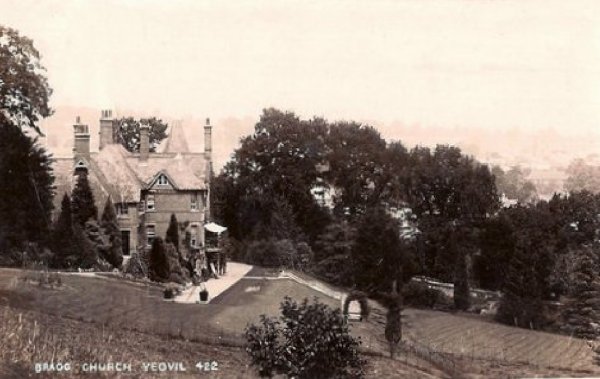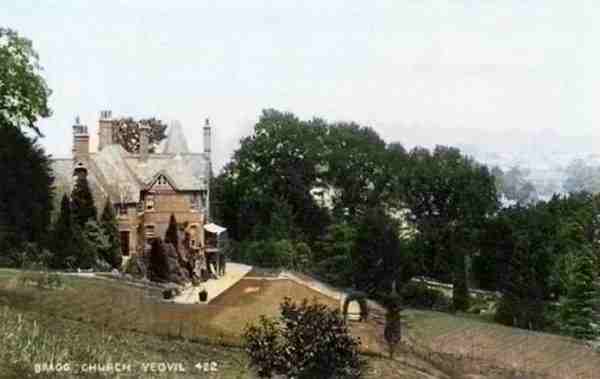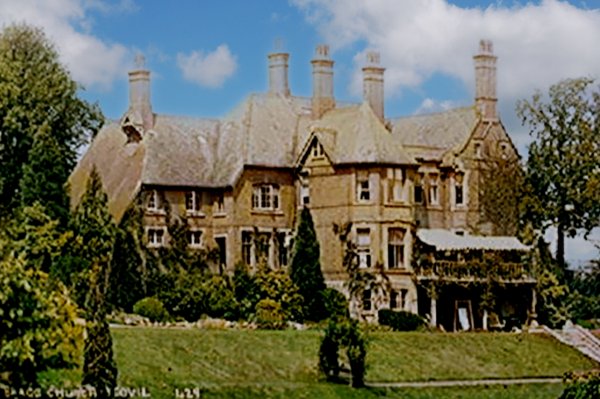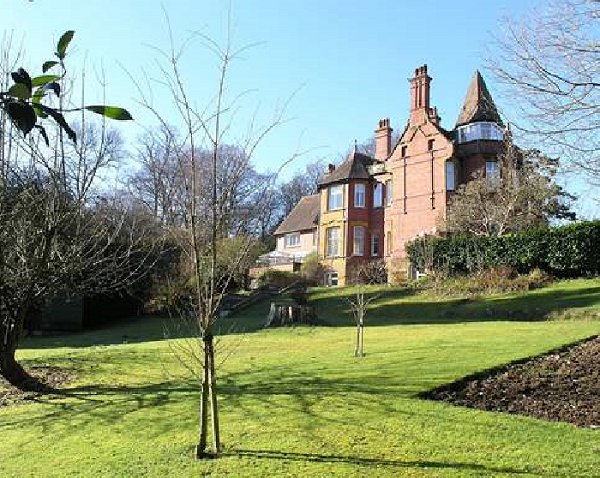bragg church
bragg church
Hendford
The first mention of Bragg Church is in a lease dated 13 December 1670 between "Elizabeth Dawe, widdow, of Sutton Bingham, and Henry Wills, yeoman, of Yevell.... Close of pasture ground called Braggechurch, 5 acres....".
In 1791 Collinson wrote "There was anciently a church or chapel in Henford called Brag-Church; it has long since been demolished, but its scite may be still traced, and a lane near the spot retains the appellation of Brag-Church-Lane..... These several chapels in the hamlets abovementioned were originally erected for the purpose of oratories, and the performing, of masses for the souls of the respective lords of those vills wherein they were situated; and afterwards, when those places became more populous, the chapels were used by the inhabitants for their publick devotions".
It was named Bragchurch in the 1841 census and the 1846 Tithe Apportionment noted that Frederick Greenham was the owner / occupier (although he actually lived at Hendford House) of Bragg Church (Parcel 779). The Apportionment recorded that Bragg Church was pasture used for grazing livestock and its area measured 6a 2r 25p (for details on historic land measurement - ie acres, roods and perches - click here). He was also the owner / occupier of adjacent Bragg Church Cottage & Orchard (Parcel 780).
In the 1851 census there were four families listed at Braggchurch; 74-year old pauper Betty Mitchell and her glover grandson, 27-year old Sheriff’s Officer and County Court Bailiff Robert Collins and his sister, glover Charles Maidment and his wife Ann and finally cordwainer Robert Harmon and his wife.
On 9 May 1889 Bragg Church was sold as part of an 'important property sale' described in the Western Gazette edition of 10 May "in consequence of the death of the late Mrs Greenham, by order of the trustees of the will of the late Mr Frederick Greenham" as follows ".... Lot 12 comprised the beautiful and picturesque grounds, situate on Hendford Hill, known as 'Bragg Church', comprising Swiss Cottage and garden at the entrance from the road, another cottage and farm buildings, two summerhouses, ornamental wood, and land, and of the extent of 11a 1r 34p. The bidding on this lot started at £1,200, and eventually rose to £2,120 (around £205,000 at today's value), at which figure it was purchased by Mr WN Greenham, for his own use." (Note: WN Greenham was Frederick Greenham's son, William Neal Greenham (1857-1913)).
Following the sale a large house (photographed below) was built on or near the site of the chapel in 1892 and took the name Braggchurch. The house was, for over forty years, the residence of John Vincent (1840-1934), draper, pawnbroker and mayor of Yeovil, who readily lent the beautiful grounds for public functions for charitable purposes.
|
Yeovilians remember... Many thanks to Stella Trent for the following memory - "I remember it as a big house and a huge garden back in the 1930’s. I was in St Michael's Brownie pack and there must have been a fete on as we went there to dance around the Maypole." |
The house was eventually converted into flats.
gallery

This image features in my book 'Yeovil - The Postcard Collection'.
This postcard, from the 1920's, shows Braggchurch, the house built on or near the site of the original Bragg Church or chapel. It was for many years the residence of John Vincent.

... and a colourised version gives a less 'Gothic movie' feel.

This
colourised
postcard
features in my
book 'Yeovil From Old Photographs'.
An undated postcard (probably 1920s) of Bragg Church showing just how large it was.

Courtesy of Rob
Baker
Photographed in 2015 for web-sale particulars of one of the flats.